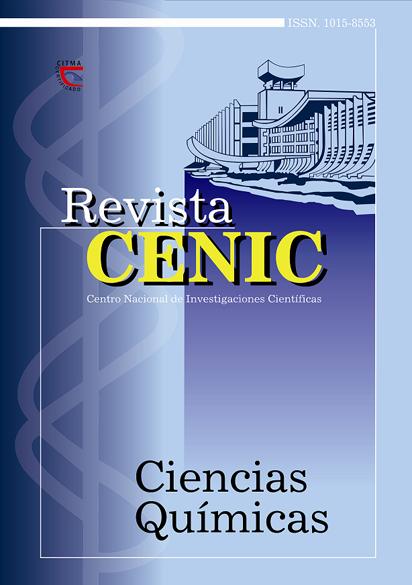Packed bed techniques for accelerated aging of rum
Abstract
Rum is a sugar cane spirit obtained by the distillation of molasses
through yeast fermentation and subsequent aging in wooden barrels, where the
spirit acquires its special flavor and aroma. Packed bed schemes were applied to
the accelerated aging of rum samples. These involved maturation in contact with
natural, toasted or chemically treated oak wood chips for 90 d and four secondary
treatments (occasional heating and aerating). The physical and chemical indexes,
phenolic and furanic composition by HPLC, oak lactones by HS-SPME-GC, HSMS
e-nose and sensory analysis were determined for each sample. Results show
that variations in chemical composition are similar to those occurring in traditional
aging. Differences in rum composition due to wood treatment were observed, with
the best compositional data from a sensory point of view corresponding to samples
aged with either toasted or chemically treated wood. Samples aged with toasted or
chemically treated wood present higher concentrations of phenolic and furanic
compounds and oak lactones than those exposed to untreated wood.
Downloads
Published
How to Cite
Issue
Section
License

This work is licensed under a Creative Commons Attribution-NonCommercial-ShareAlike 4.0 International License.
Los autores que publican en esta revista están de acuerdo con los siguientes términos:
Los autores conservan los derechos de autor y garantizan a la revista el derecho de ser la primera publicación del trabajo al igual que licenciado bajo una Creative Commons Atribución-NoComercial-CompartirIgual 4.0 que permite a otros compartir el trabajo con un reconocimiento de la autoría del trabajo y la publicación inicial en esta revista.
Los autores pueden establecer por separado acuerdos adicionales para la distribución no exclusiva de la versión de la obra publicada en la revista (por ejemplo, situarlo en un repositorio institucional o publicarlo en un libro), con un reconocimiento de su publicación inicial en esta revista.
Se permite y se anima a los autores a difundir sus trabajos electrónicamente (por ejemplo, en repositorios institucionales o en su propio sitio web) antes y durante el proceso de envío, ya que puede dar lugar a intercambios productivos, así como a una citación más temprana y mayor de los trabajos publicados (Véase The Effect of Open Access) (en inglés).














